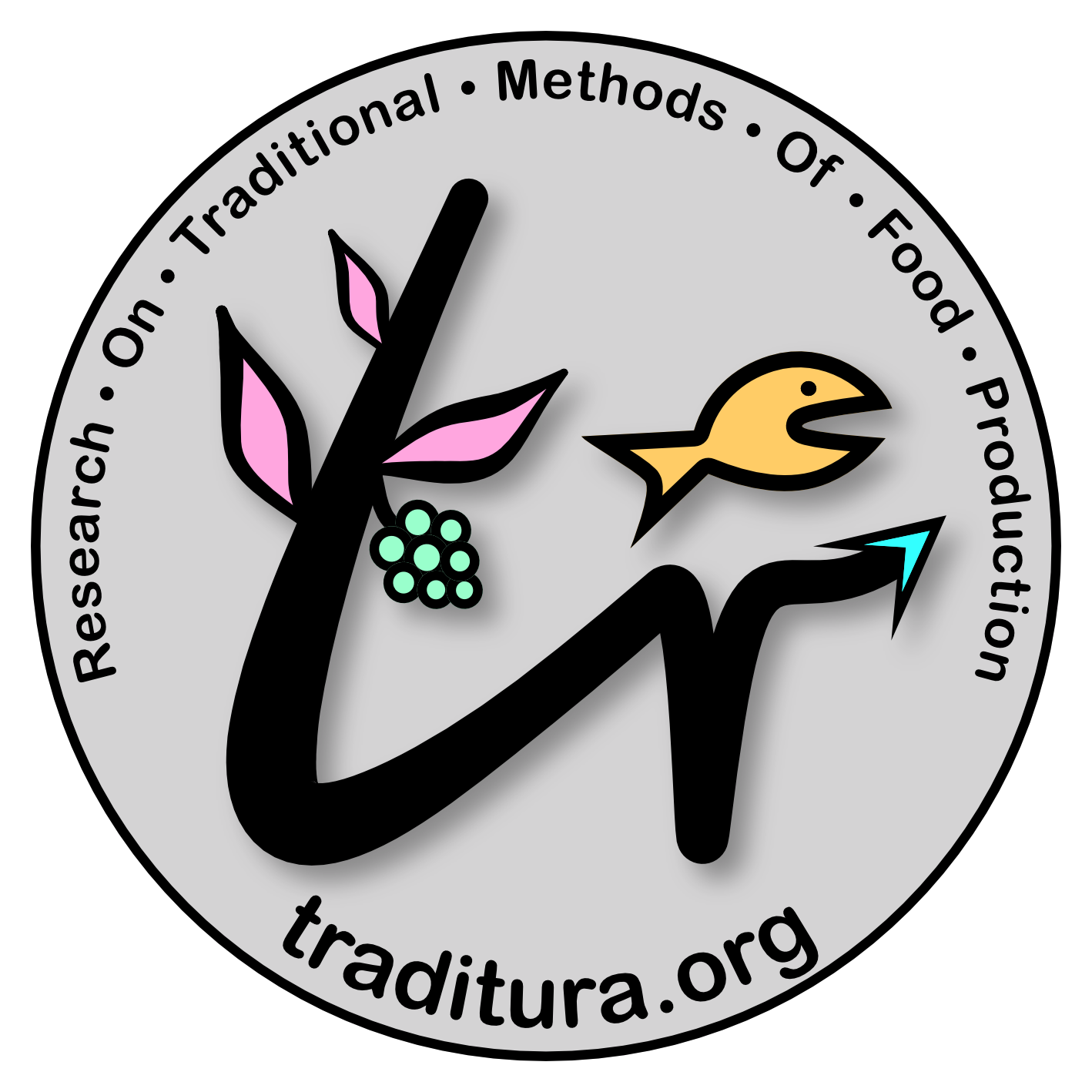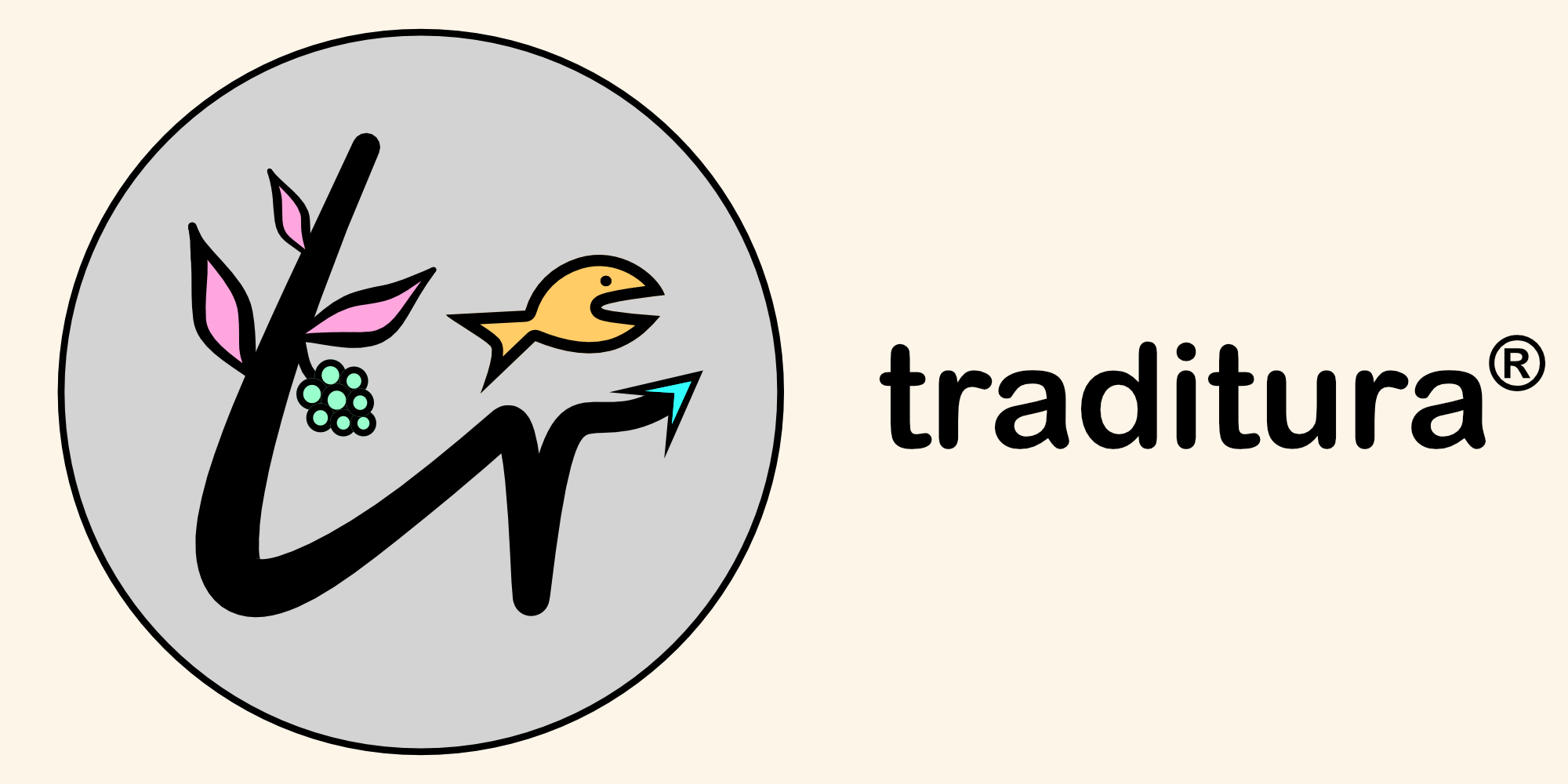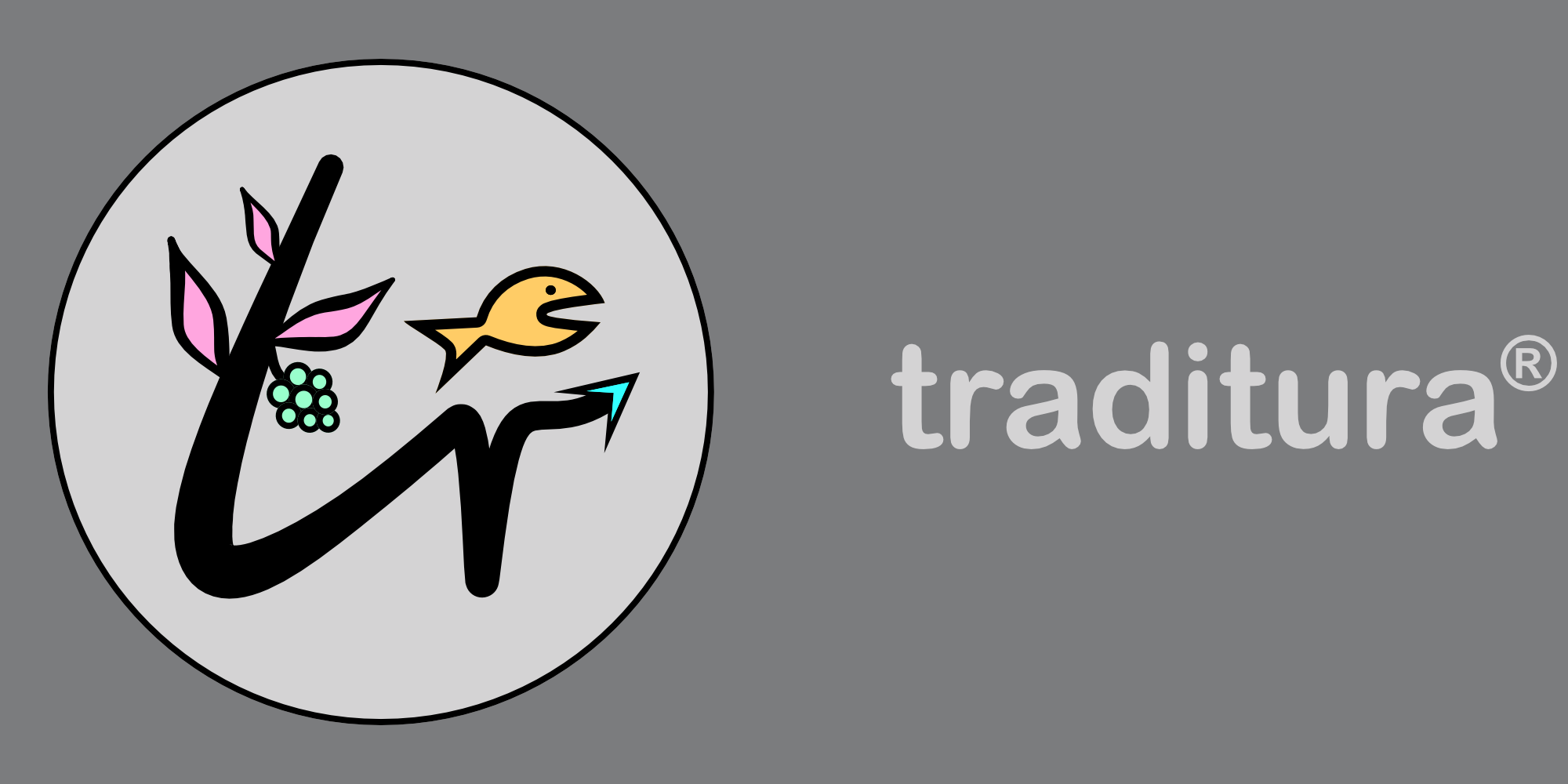traditura® is a private research initiative into traditional methods of food production.
We are looking for original methods of primary food production, which we record in photos, film and a database. For us at traditura, searching means always keeping our eyes and ears open and approaching a wide variety of cultivation and production techniques in different climate zones with an open mind, comprehending them and documenting the data collected in an unbiased and value-free way.
In addition to the first letters of traditura research, our logo also symbolises the historical basis of all traditional food production methods:
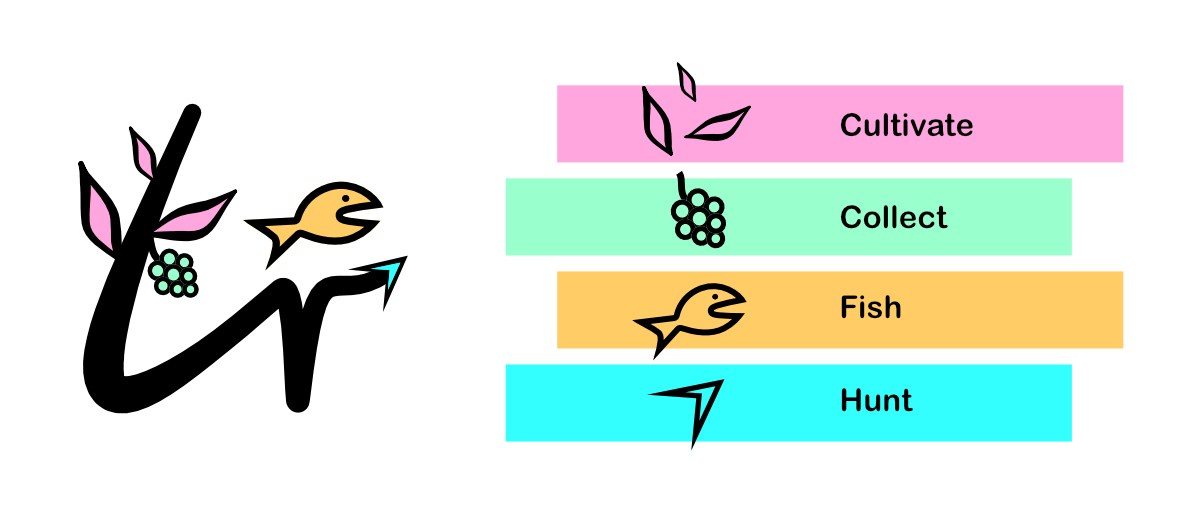
The project name traditura® is a combination of the Latin words traditio (= tradition; but also: report, teaching) and futura (= future, coming). We would like to establish a link between the past and the future, as well as the goal of our search: To preserve old, proven knowledge for the production of plant and animal foods, which is still practised today in a few original and small-scale farming communities on earth.
Let's start with the basics and define the most important questions and terms for our research. What is food anyway? What does primary production mean? What do we mean by old, proven knowledge for the production of food and where on earth do we look for the small-scale farming communities that still use such methods today?
You will find answers to these questions and corresponding definitions of terms in our articles: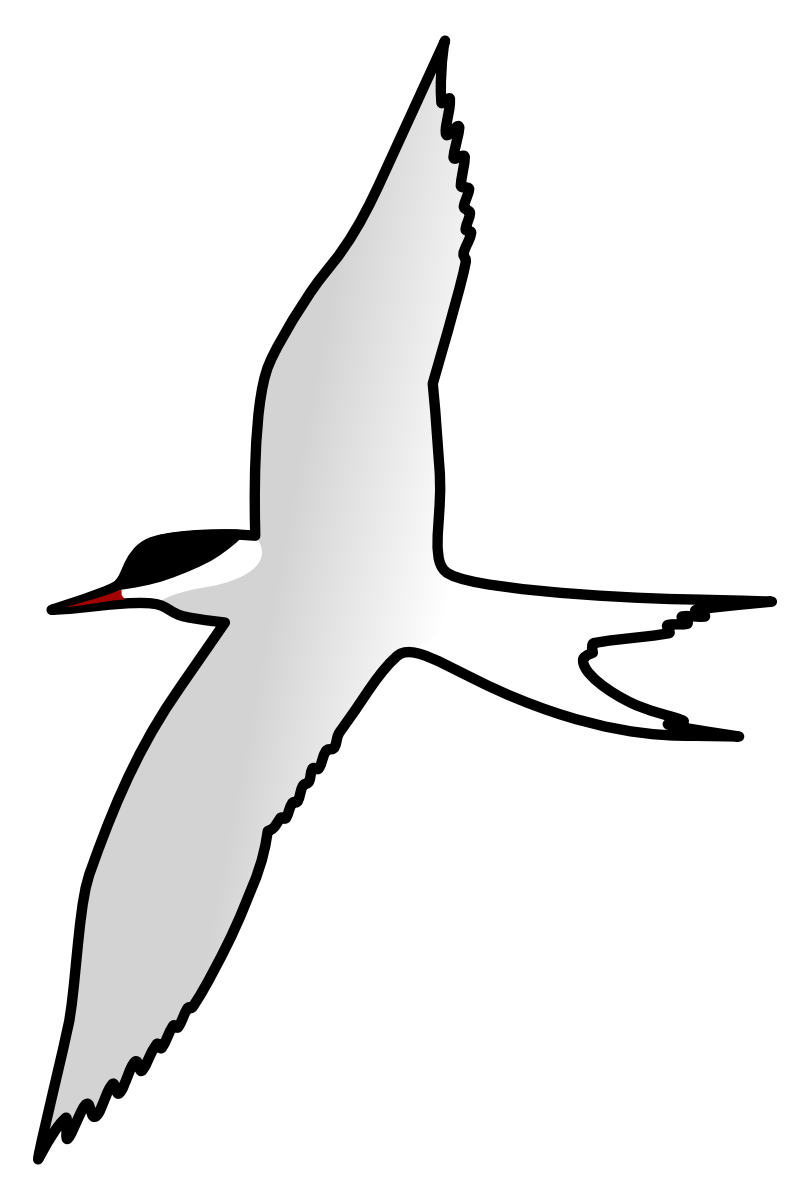
You can find out a little about us and how our traditura® research project began here.
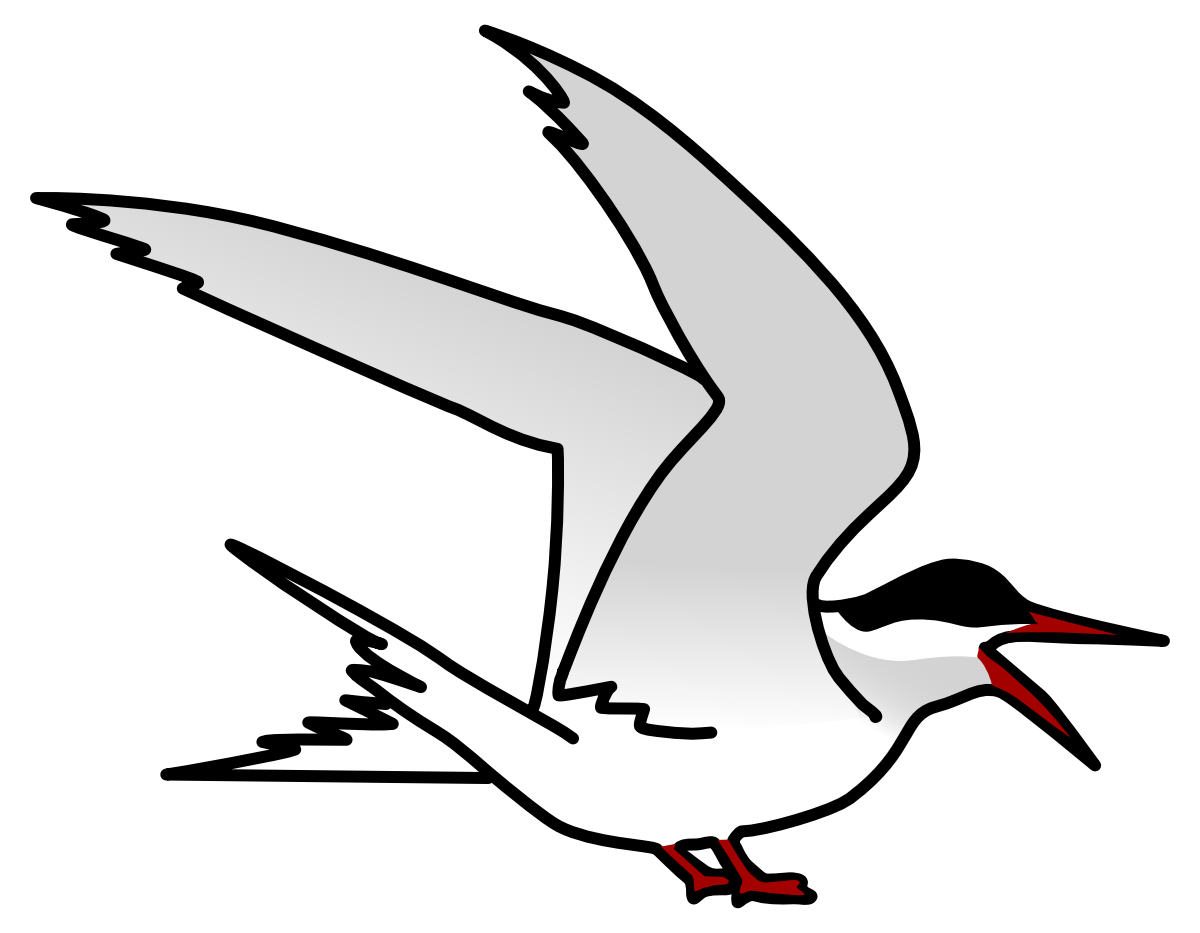
We would also like to invite you to join us on our travels. You will find selected reports and impressions on the progress of our search for original food production methods after the start of our first expeditions in the gallery or our blog.
We wish you an interesting and informative voyage of discovery on our traditura project page!
By the way...
The birds1) shown here are Arctic Terns (Sterna paradisaea) - you will come across them from time to time on our website. The Arctic tern is considered the migratory bird with the longest migration route, as it breeds in the north polar region and winters in the south polar regions. It has its southernmost distribution area as a regular breeding bird on the North Sea and Baltic coasts.2)
References:
1) Illustrations: sh / traditura
2) Cf. Wikipedia, 2024: Küstenseeschwalbe, taken from the internet on 20.04.2024, https://de.wikipedia.org/wiki/Küstenseeschwalbe
